ECG Blog #389 — A Quote from Sherlock Holmes
Ken Grauer, MD
AUGUST 4, 2023
MY Approach to the Rhythm in Figure-1: As per ECG Blog #185 — I favor the P s, Q s, 3 R Approach for interpretation of the cardiac rhythm — beginning with whichever of these 5 KEY Parameters is easiest to assess for the tracing in front of me: At least in the single lead II rhythm strip seen in Figure-1 — The Q RS complex appears to be narrow.







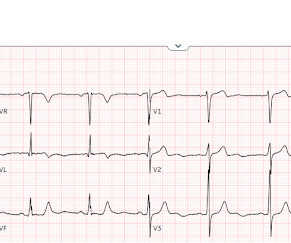
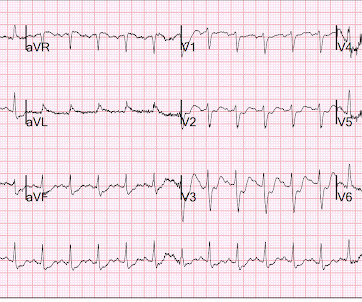
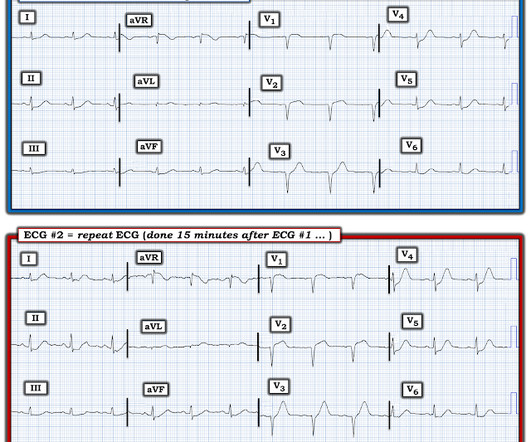



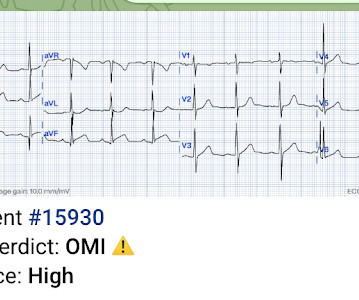
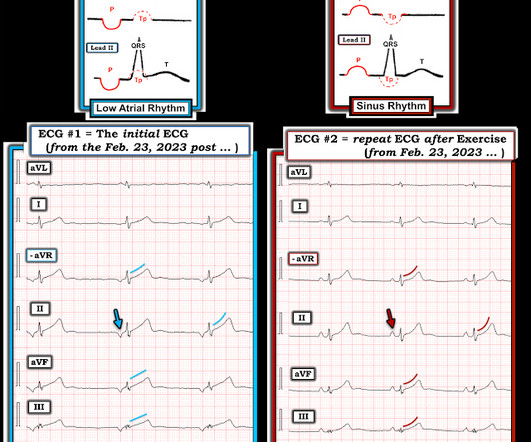

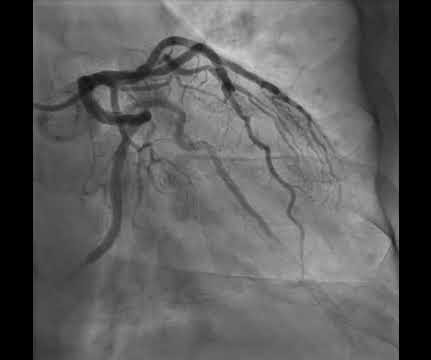





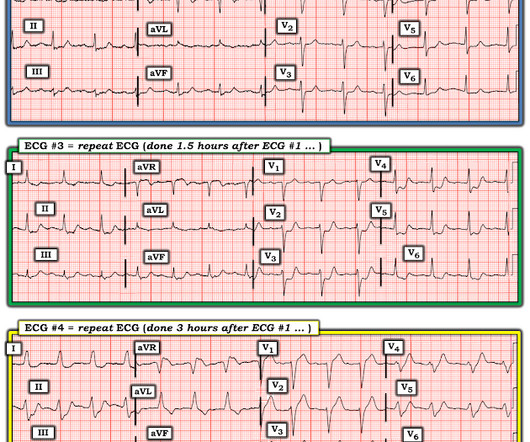
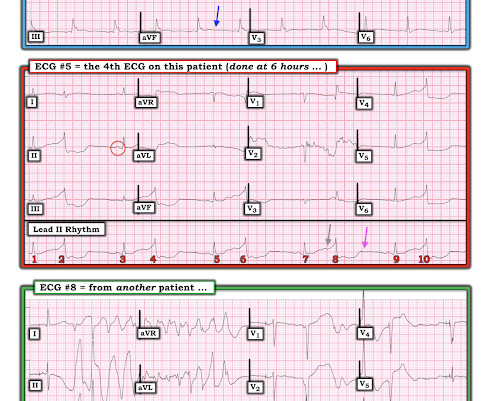

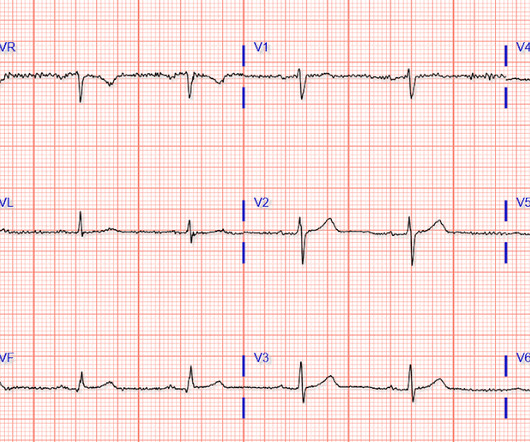



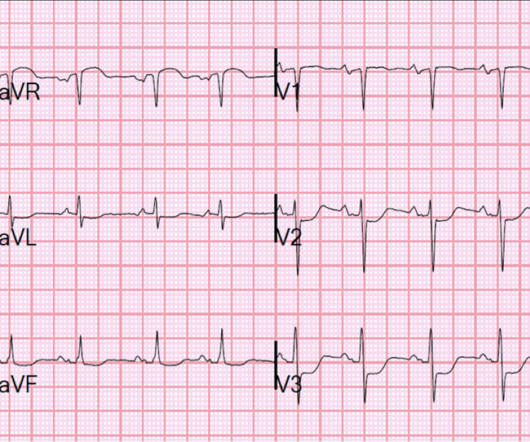


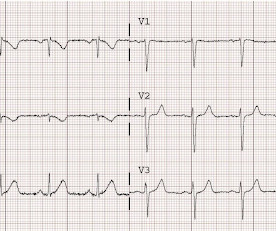
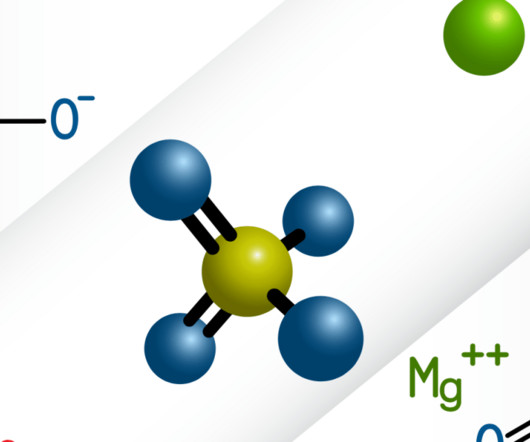
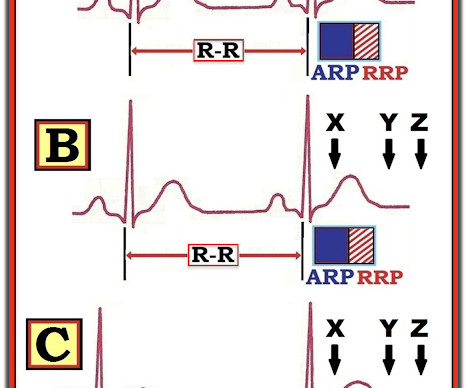






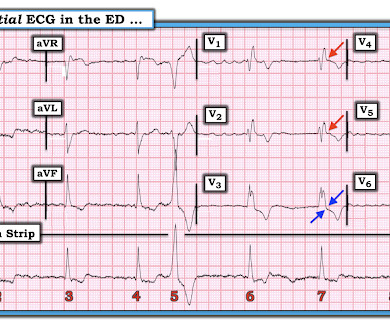

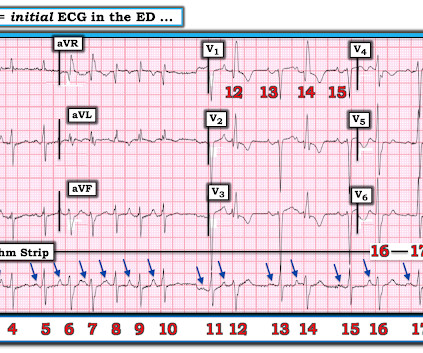







Let's personalize your content